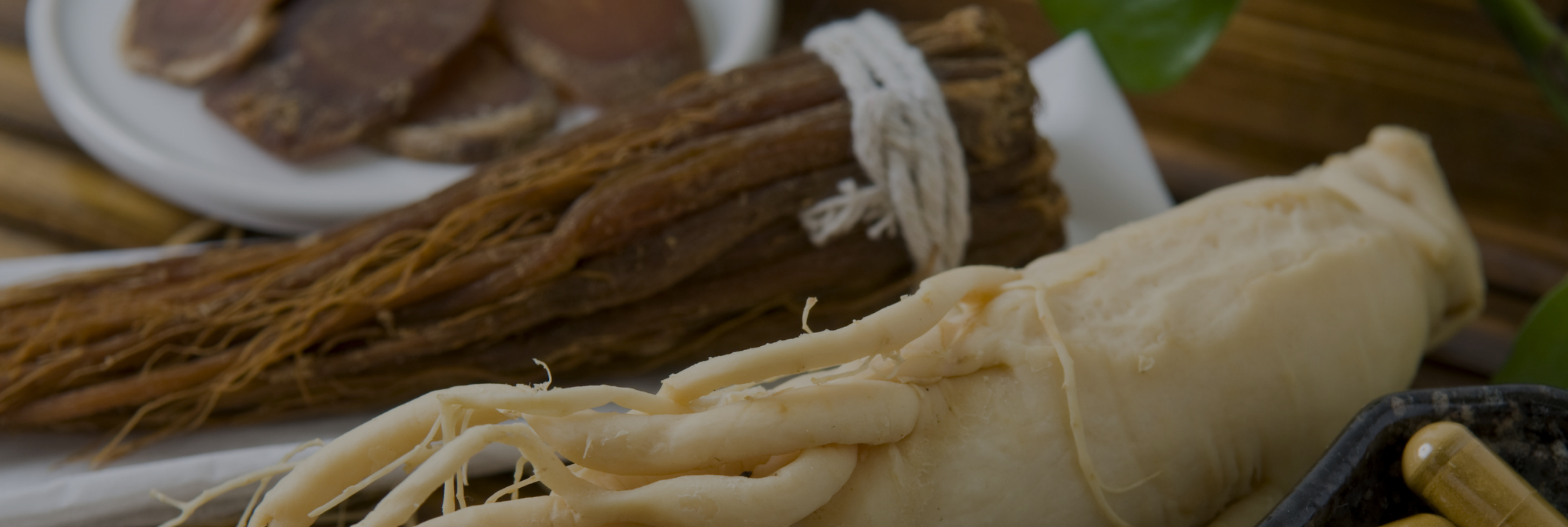Customers seek transparency and they want to control the composition and the origins of products they buy.
Promoting the origin of ingredients used in your finished products and putting forward the values of your procurement supply chains is essential.
You can take advantage of several criteria based on:
In more global terms, supply chain marketing is involves using all the criteria of your procurement supply chains in natural ingredients together in order to make yourself stand out with your finished products.
To set up supply chain marketing, you need to follow several steps:
If your objective is to guarantee complete transparency to the consumer of the plant in your finished product’s origin you can let the buyer directly access the video of the farms and the producers by ingredient (by creating for example an e-book). This is in addition to putting forward the origin of your raw materials on the packaging.
Your objective is turned toward respecting consumers by proposing healthy products with fewer contaminants, low-processed and without a certain number of adjuvants and additives.
Think about switching from a conventional product range to an organic one and use ingredients, which reassure concerned consumers with proper certifications and corresponding labels.
Your intention is more turned to developing the local economy and to following the « Made in France » trend. Put forward your collaboration with French producers. This proximity lets consumers project themselves by seeing the region where the ingredients they consume come from.
As a final touch of authenticity, it might be interesting to spotlight the portraits and the background of your producers.
You want to direct yourself toward a more innovative product and take your consumers on a journey ?
Offer novelty by privileging new terroirs and subtle and original notes to arouse curiosity and talking about the region where the ingredients come from and what makes them unique.
As a consumer or an industrialist, the choice of fair and responsible products reflects a strong commitment.
The Fair for Life & For Life labels provide the proof of your social commitment with local workers and your environmental involvement and your transparency. This is demonstrated through the videos or photographs of your procurement supply chains.
This approach will enable you to accompany consumers in building awareness of their social responsibility while making them a player in the process of continuous improvement.
Find out how to value your supply chain marketing in this infographic.

President & Partner Natural Origins





Leave a comment